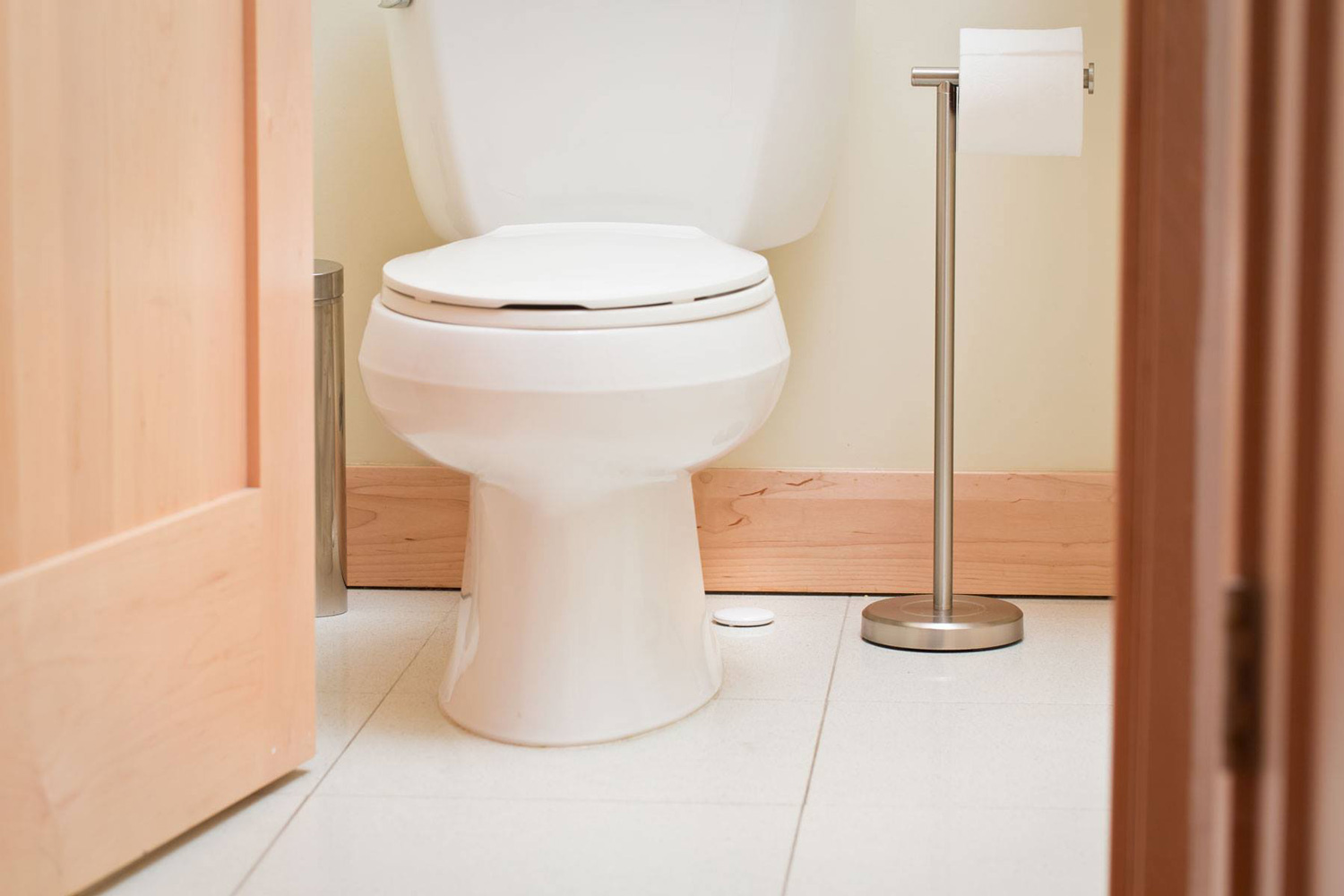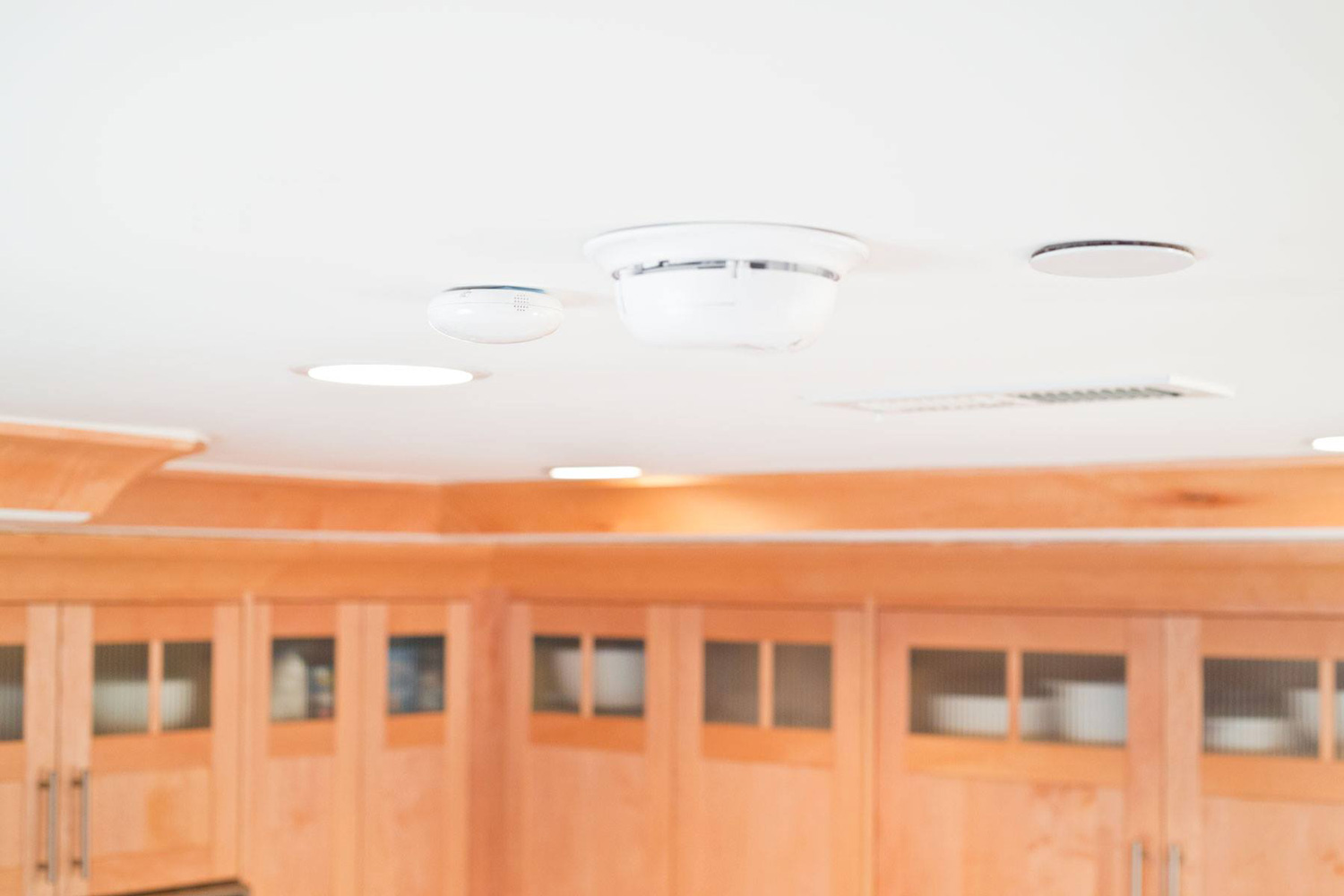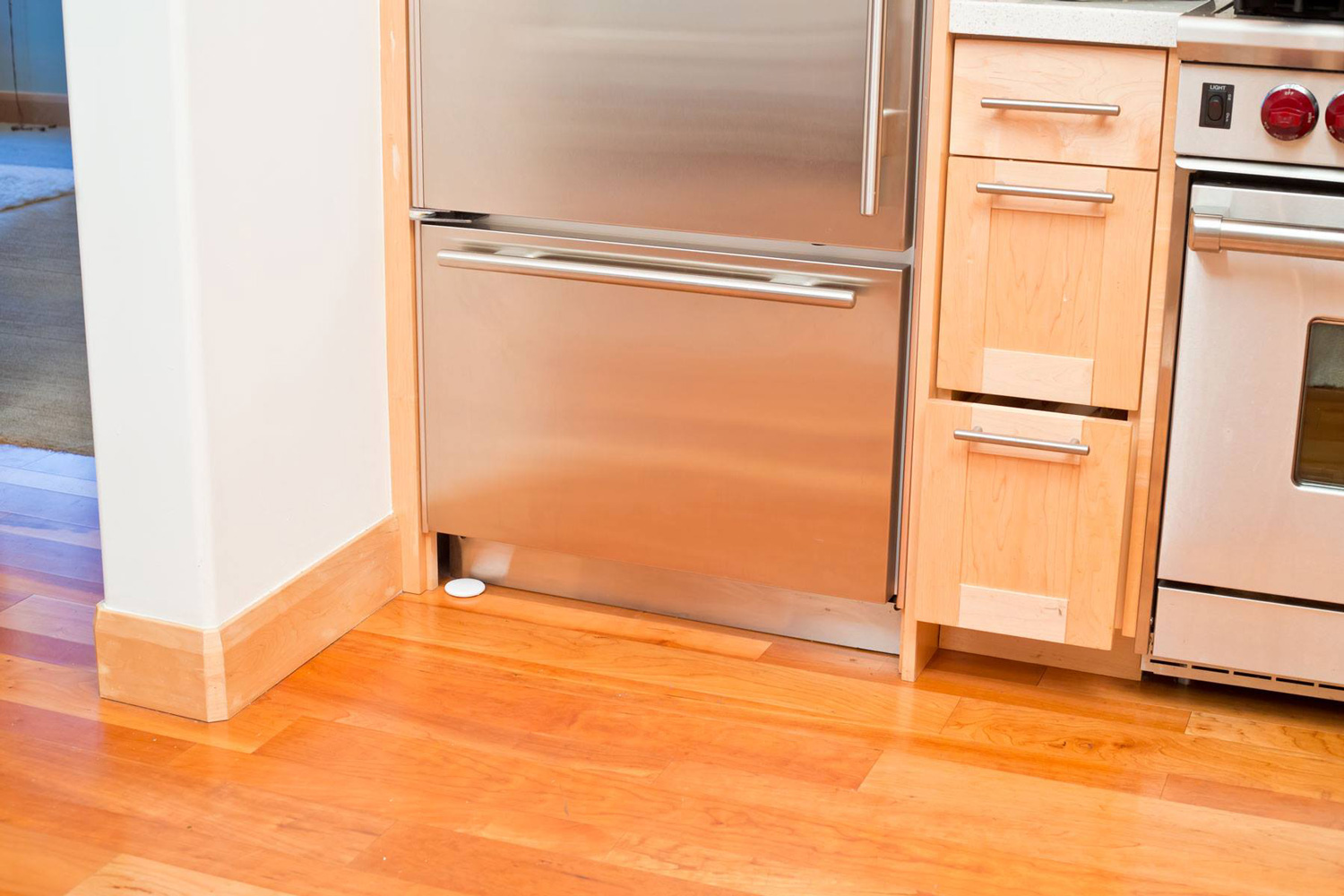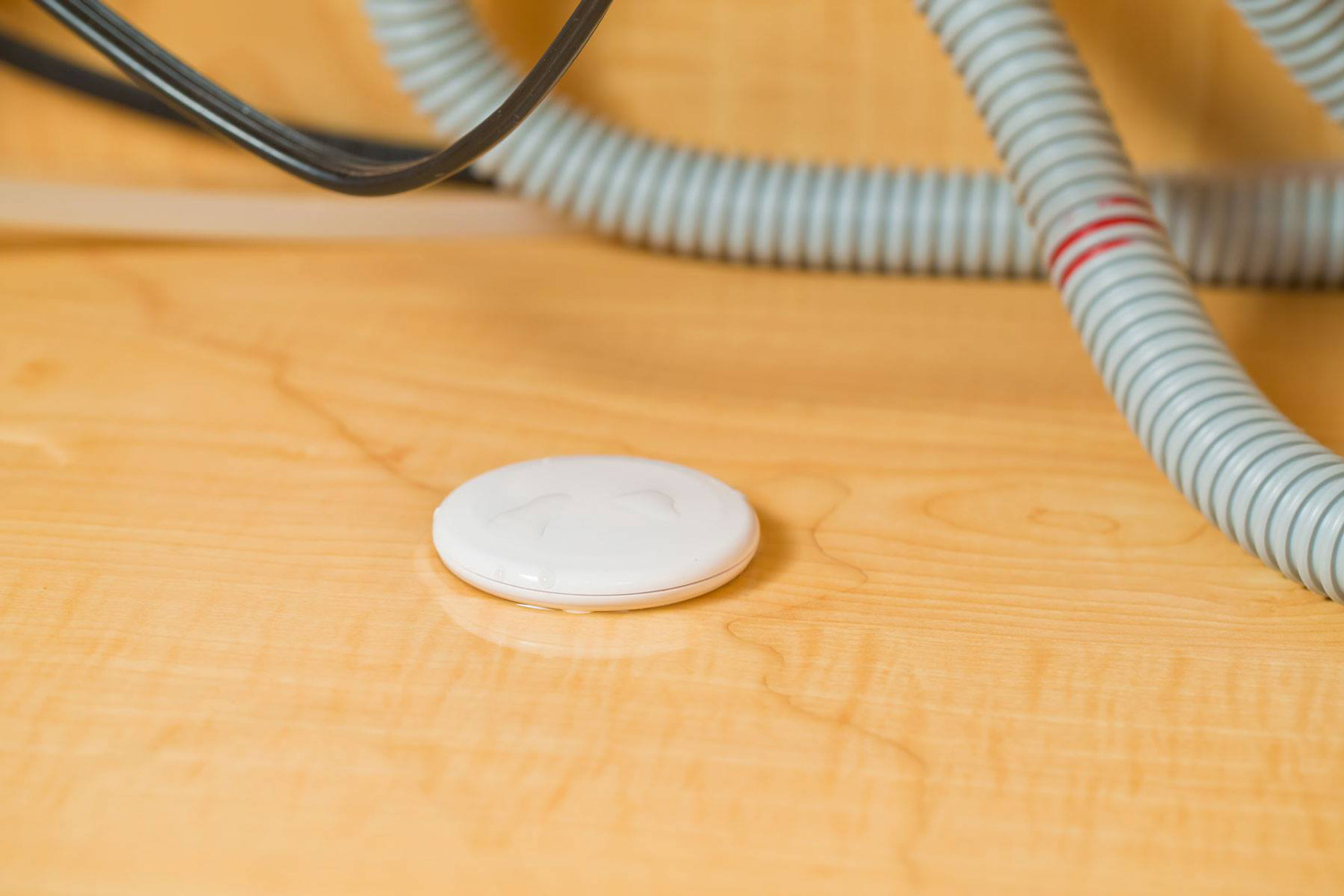Unlike a lot of monitoring services, Dome Alert’s connected products wouldn’t include home security. There are no motion detectors or cameras. Instead, it’s a hub that connects its fire/carbon monoxide sensors and flood/freeze sensors and sends alerts to its app. But it also outsources the professional monitoring to a UL-certified support company, UCC.
The fire/co-sensor isn’t actually a smoke or carbon monoxide detector. Instead, it detects the sound of your already installed detectors when they go off and can tell the difference between the two types of devices. If a detector goes off, you’ll get an alert on the app, and unless you mark it as a false alarm, the monitoring service will call the fire department for you.
When water hits the copper nodes on the flood/freeze sensor, or its thermometer registers temperatures below 41 degrees Fahrenheit, you’ll also get an alert, and the service will call you and other approved contacts until it gets ahold of someone. Through its Kickstarter, you can secure the monthly monitoring for $9 a month. Dome Alert boasts that it’s a month-to-month service, but if you cancel the monitoring, the app is also disabled and there’s no DIY alternative.
The hub and one of each sensor are going for $99 for the early-bird special, which comes with six months of monitoring. The sensors run on batteries, which last between five and ten years, though after that you’ll have to replace the whole thing because the device is sealed. Per usual, backer beware warnings apply.






